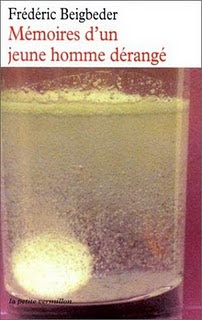Last week I received an email from The Wren's Nest, the former home of the writer Joel Chandler Harris in West End, Atlanta, Georgia, which Penny and I visited in 2009. It mentioned Anne Trubek's forthcoming talk on her book A Skeptic's Guide to Writers' Houses (2010) at Decatur Library (GA). Looking over some of the Wren's Nest blog posts, I saw a mention of Brock Clarke talking at Wordsmiths, Decatur in 2007. The title of his book An Arsonist's Guide to Writers' Homes in New England intrigued me, and on learning a few things about this humorous novel from the internet I decided that I had to read it.
The novel, whose title was influenced by a book by Miriam Levine, Carolyn Keene, Cora Older and Ruth Wentworth - A Guide to Writers' Homes in New England - arrived yesterday, I've now read it, and the arresting last sentence of the first paragraph reads:
'It's probably enough to say that in the Massachusetts Mt. Rushmore of big, gruesome tragedy, there are the Kennedys, and Lizzie Borden and her ax, and the burning witches at Salem, and then there's me.'
The narrator, Sam Pulsifier, has accidentally burned down the Emily Dickinson house in Amherst MA, killing a couple in bed there, and serves ten years for this. However, after attending college, marrying and becoming a father, his past returns: someone tries to burn Edward Bellamy's house in Chicopee Falls MA and Mark Twain's house in Hartford CT, and a little later comes the burning of Edith Wharton's house in Lenox MA, Henry Wadsworth Longfellow's in Cambridge MA, Nathaniel Hawthorne's in Salem MA, Henry David Thoreau's replica cabin at the side of Walden Pond, Concord MA, and Robert Frost's in Franconia NH.
Sam is of course the first suspect, but, as is mentioned several times in the novel: 'It's complicated'.






























